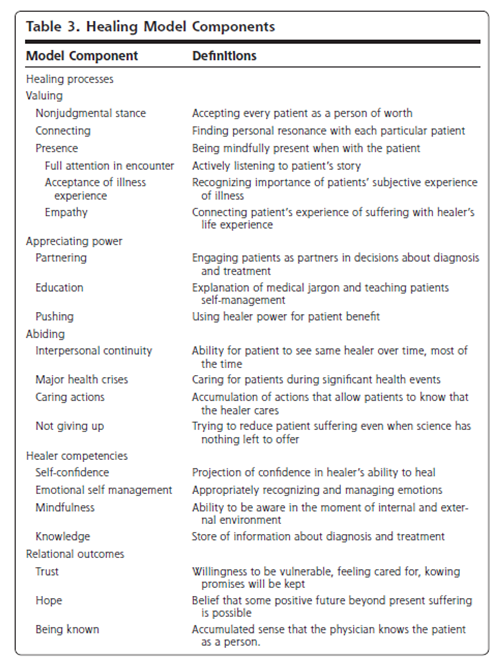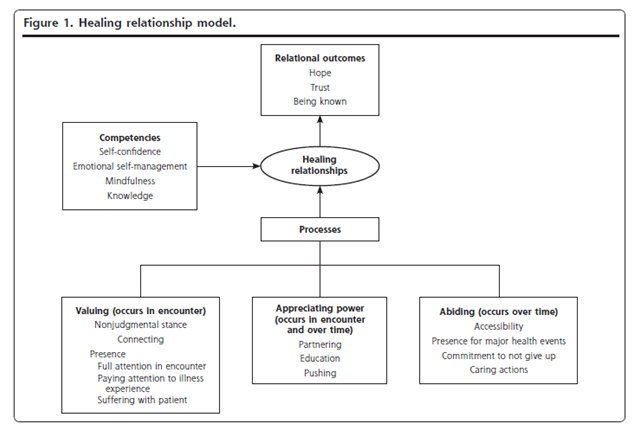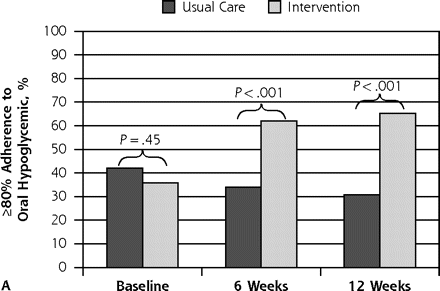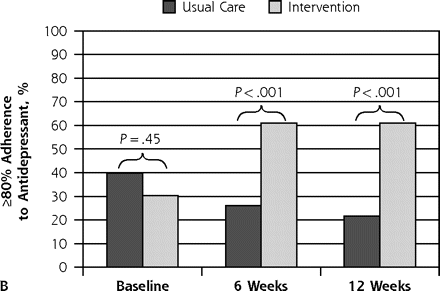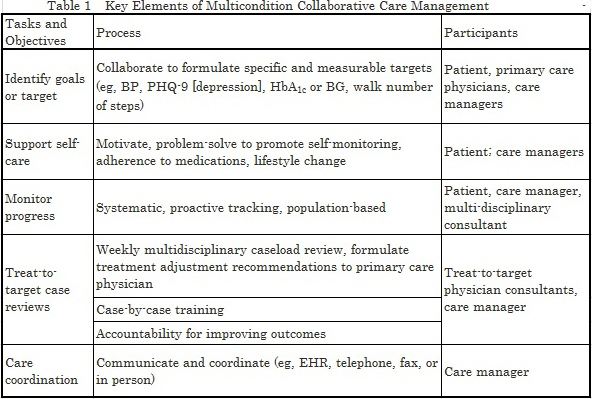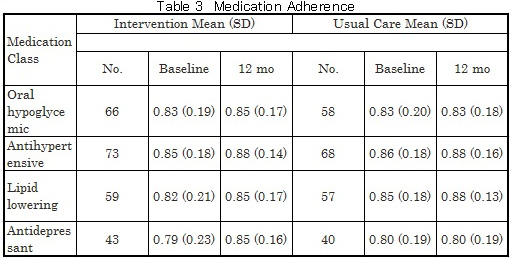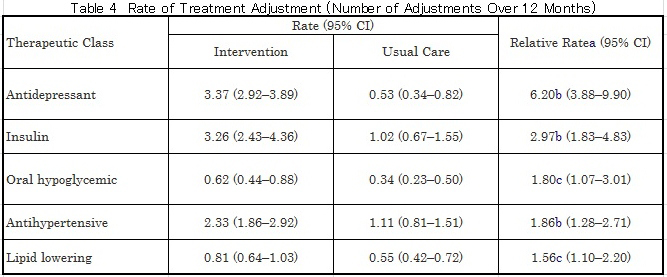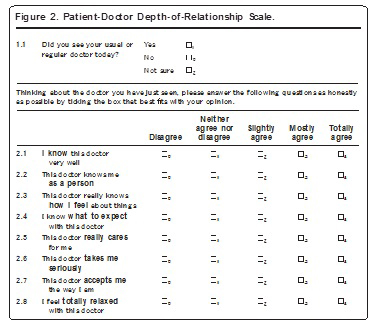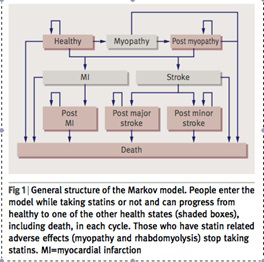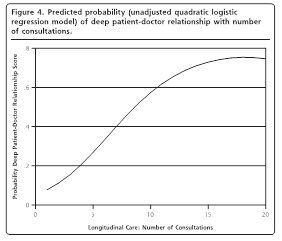【文献名】
Is Frequency of Shared Family Meals Related to the Nutritional Health of Children and Adolescents? PEDIATRICS Vol. 127 No. 6 June 1, 2011 pp. e1565 -e1574
【要約】
<Objective>
To examine the frequency of shared family mealtimes in relation to nutritional health in children and adolescents.
<Method>
Four search engines were used to systematically locate empirical research: PubMed, PsycINFO, Web of Science, and the Cochrane Database of Systematic Reviews, conducted in 2009 with no year restrictions.
Three categories were constructed on the basis of reported outcomes: weight status, food consumption, and disordered eating. Flowchart of the study-selection process is shown at Figure1.
Meta-analytic methods were used. Pooled odds ratios were calculated. A random-effects model was used to estimate all outcomes.
<Results>
Table 1 lists descriptive information for the 17 included studies. The studies were conducted in the United States (n=12), Australia(n=1), Canada (n=1), Finland(n=1), Japan (n=1), and New Zealand(n=1). Fifteen studies reported cross-sectional findings, and 5 reported longitudinal findings. Analyses were performed separately for cross-sectional and longitudinal studies. The total sample size for all studies was 182 836 children and adolescents (mean sample age: 2.8 ?17.3 years).
Thirteen studies reported on the percentages of family meals, and the majority of families had meals together 5 to 7 nights per week (52%), 31% shared 1 to 4 meals together, and 14% did not share any meals together.
The frequency of shared family meals is significantly related to nutritional health in children and adolescents. Children and adolescents who share family meals 3 or more times per week are more likely to be in a normal weight range and have healthier dietary and eating patterns than those who share fewer than 3 family meals together. In addition, they are less likely to engage in disordered eating. Benefits include a reduction in the odds for overweight (12%), eating unhealthy foods (20%), and disordered eating (35%) and an increase in the odds for eating healthy foods (24%). (Table2)
Two of the all five longitudinal studies had 5-year follow-ups, whereas the others reported on 3-year and 2-year follow-ups. Of the 4 studies that reported on longitudinal findings, only 1 reported significant findings. However, the OR for the meta-analysis is significant (0.93 [95% CI: 0.90?0.95]), which suggests that shared family meals are associated with 7% odds of reduction of overweight and disordered eating. (Figure2)
<Conclusion>
The results of this study suggest that shared family mealtimes offer nutritional benefits to family members. Health professionals are advised to encourage families to eat meals together.
<Limitation>
Future studies should develop interventions for families that struggle with health issues such as obesity and disordered eating and add focus on family mealtimes as a setting in which to promote better nutrition habits.
The longitudinal studies included in this meta-analysis were few and focused mainly on overweight; more longitudinal studies need to be conducted to shed light on the potential long-term relationship between family meals and nutritional health.
Specific mechanisms of how family mealtimes influence related nutritional outcomes should be investigated.
Future research should include more precision in the measurement of not only the frequency of family mealtimes but structural aspects of the family and who is present during meals.
【開催日】2012年3月7日
